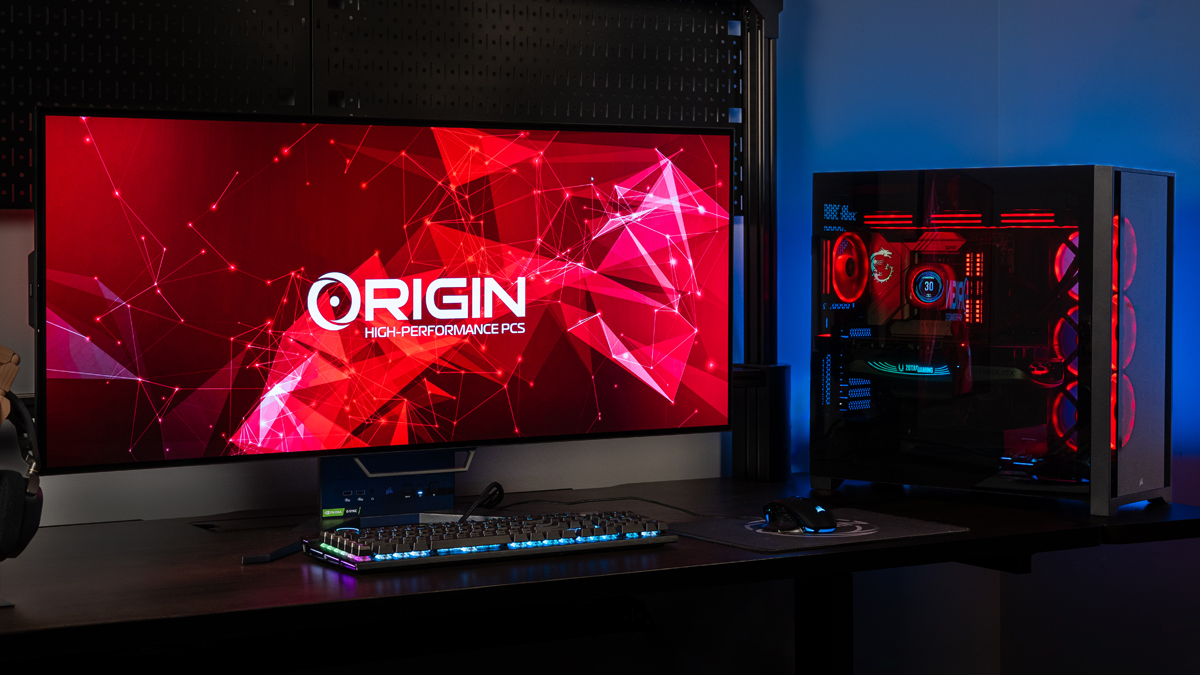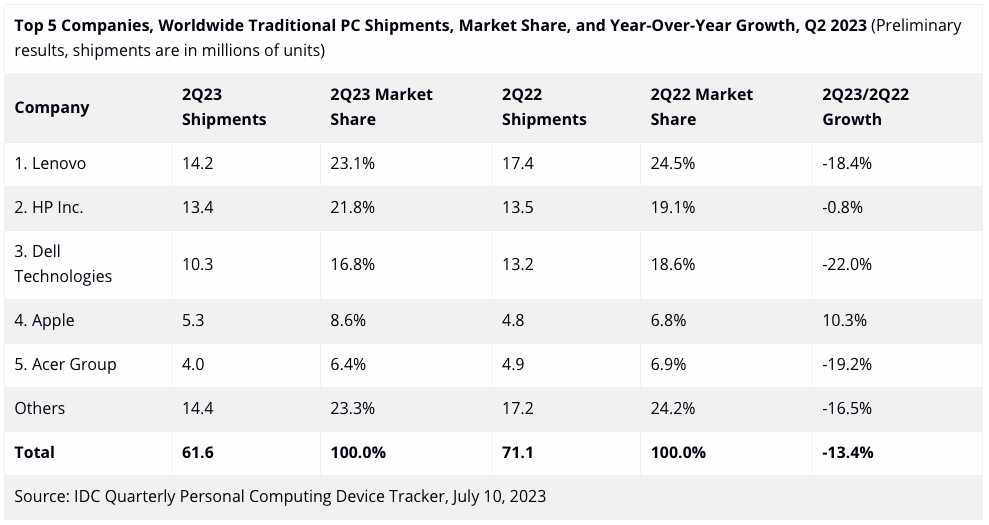
Sales of client PCs declined 13.9% year-over-year and totaled 259.5 million units in 2023, according to IDC. Gaming PC shipments experienced a similar downturn as the overall PC market, with a 13.2% year-over-year decrease to 44 million units, analysts from the same firm suggest, which means that gaming machines commanded 17% of the market. Sales of gaming monitors experienced a 20.3% increase, IDC claims. But it appears that things may be rosier for gaming PCs in the near future.
It looks like shipments of gaming PCs and gaming hardware in general will get better in 2024 and onwards. IDC anticipates a slight 1% growth in gaming PC sales for 2024, mainly due to notebooks, and a 13.6% rise in gaming monitors driven by lower pricing and increased consumer interest, reaching 22.2 million units.

The gaming monitor market has made a remarkable recovery from its decline in 2022. With average prices around $300, gaming monitors have become an essential and cost-effective component of the PC gaming ecosystem. Technological advancements, such as refresh rates exceeding 165 Hz, response times of 1 ms or less, and a shift towards higher resolutions (2560 x 1440 or greater), have contributed to their success.
Meanwhile, shipments of premium GPUs are only expected to grow by about 3% year-over-year, according to IDC, which is slightly disappointing. This may be because neither AMD nor Nvidia are expected to ramp up production of their next-generation Radeon RX 8000 and GeForce RTX 50-series graphics cards in 2024 and are not expected to introduce their laptop versions this year, either.
The resilience of gaming PCs is attributed to sustained demand and a robust premium market segment. Gaming monitors have recovered from a 2022 slump, with technological advancements and price reductions leading to higher adoption rates. Looking ahead, the gaming market is expected to expand further, with PC volume projected to hit 52 million units and monitors expected to reach 29.6 million units by 2028.
While gaming monitor prices are expected to decrease annually, gaming PCs will see a rise in average selling prices, reaching $1,101, driven by the increasing popularity of notebooks and premium graphics cards. This trend indicates a growing market for high-end gaming hardware and a continued interest in enhanced gaming experiences.
"Though the global economy continues to struggle, shipments for gaming PCs have been a bit more buoyant due to sustained demand," said Jitesh Ubrani, research manager for IDC's Mobility and Consumer Device Trackers. "Most importantly, there's been an upward trend in pricing as the premium segment of the market has remained strong and will continue to see growth in the coming years thanks to dedicated and more affluent buyers who seem to be less impacted by the economy."
The sustained demand for gaming PCs, despite economic uncertainties, can be credited to a dedicated and affluent consumer base that values high performance and premium experiences.







